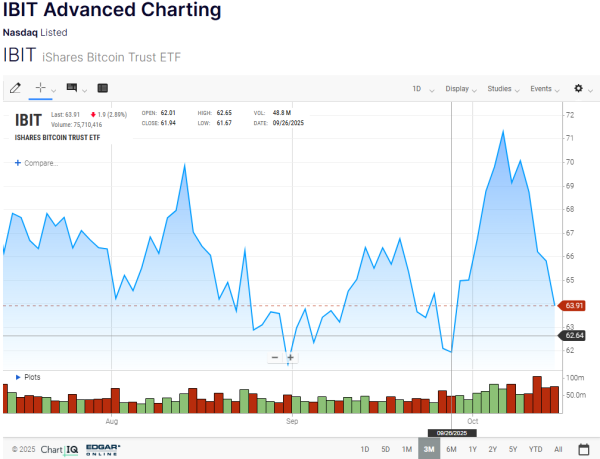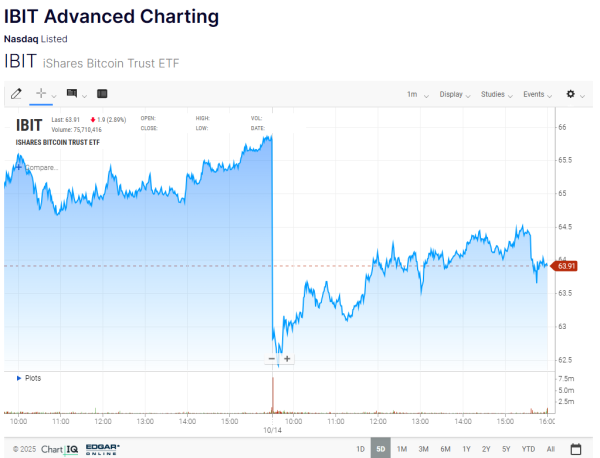When billionaire investors begin accumulating exposure to an asset class, markets take notice. Recent filings reveal that some of the world’s most prominent hedge funds and family offices are quietly increasing positions in spot Bitcoin ETFs, signaling renewed institutional confidence in the world’s largest cryptocurrency.
Among them is the iShares Bitcoin Trust (IBIT), a fund designed to directly mirror Bitcoin’s price by holding actual BTC. Billionaires, including Philippe Laffont of Coatue Management and David Shaw of D.E. Shaw & Co., have notably expanded their stakes. This move, which Tarillium’s financial analysts note, reflects a broader institutional shift toward digital stores of value amid growing macroeconomic uncertainty.

The Saylor Effect: Bitcoin as Corporate Treasury
Few names are more synonymous with Bitcoin conviction than Michael Saylor, the executive chairman of Strategy (formerly MicroStrategy). Once a business software company, Strategy transformed itself into a Bitcoin treasury firm, using debt and equity issuances to accumulate vast reserves of the digital currency.
As of Q3 2025, Strategy owns roughly 3% of all Bitcoin in circulation, a staggering position that has helped its stock surge nearly 1,800% over the past five years. Saylor’s belief is simple: Bitcoin represents the hardest money ever created, a deflationary alternative to fiat currencies eroded by government debt and inflation.
At a recent conference, Saylor even suggested that Bitcoin could one day reach $21 million per coin, a hypothetical projection based on Bitcoin’s capped supply of 21 million units. While the forecast is admittedly extreme, it captures the spirit of a growing thesis among billionaires and institutions alike: that Bitcoin could eventually become a core reserve asset for a digital, inflation-conscious world.
ETF Demand Reflects Institutional Adoption
The iShares Bitcoin Trust (IBIT) is becoming a major hub for institutional Bitcoin exposure. Coatue Management opened a $56.5 million position, while D.E. Shaw boosted its holdings by 81% to 14.7 million shares, according to SEC filings.
These moves mark growing mainstream acceptance of Bitcoin, as ETFs like IBIT simplify access through regulated, audit-ready structures, much like how gold ETFs transformed gold into a portfolio staple.
A Macro Tailwind: Debt, Inflation, and the Search for Hard Assets
Beyond market enthusiasm, Bitcoin’s resurgence also reflects deep structural changes in the global financial landscape.
- The U.S. national debt has surpassed $36 trillion, and interest payments are consuming an ever-larger share of the federal budget.
- Real yields on long-dated Treasuries remain volatile, reducing their appeal as “risk-free” assets.
- Gold has rallied sharply in 2025 amid geopolitical tensions, proving that investors are once again seeking hard, non-sovereign stores of value.
Against this backdrop, Bitcoin’s fixed supply and borderless liquidity make it a compelling alternative. Billionaires aren’t just chasing returns; they’re hedging against what many see as the structural erosion of fiat credibility.

Can Bitcoin Really Hit $21 Million?
Saylor’s headline-grabbing prediction of a $21 million Bitcoin may be best understood as symbolic rather than literal. It underscores Bitcoin’s deflationary design, only 21 million coins will ever exist, and roughly 19.7 million have already been mined.
That scarcity, combined with rising institutional ownership, could support long-term price appreciation. However, even bullish analysts acknowledge that a move of such magnitude would require unprecedented global adoption, major shifts in capital allocation, and possibly the redefinition of Bitcoin as a base-layer reserve asset for the digital economy.
For now, researchers view the next 12 to 24 months as a period of measured institutional accumulation, rather than speculative mania. ETFs will continue to attract inflows from asset managers, sovereign wealth funds, and corporate treasuries seeking diversification beyond traditional markets.
Risks Remain, but the Trend Is Clear
While the billionaire buying spree is encouraging, investors should remain mindful of crypto’s inherent volatility. Bitcoin remains sensitive to liquidity cycles, regulatory developments, and macroeconomic shocks.
Furthermore, the very institutions now entering the market could amplify volatility; large capital inflows can drive rapid appreciation, but just as quickly unwind during risk-off periods.
Still, the long-term picture is shifting in Bitcoin’s favor. Every new ETF approval, regulatory clarification, and institutional entrant reinforces the asset’s legitimacy and liquidity depth.
The Bottom Line
Billionaire accumulation of spot Bitcoin ETFs represents a structural, not speculative, turning point. The parallels with gold’s institutionalization in the 2000s are striking: regulated access, macro hedging, and the slow transformation of a once-controversial asset into a recognized financial instrument.
Bitcoin may never reach Saylor’s $21 million target, but its trajectory toward mainstream financial integration looks increasingly durable.
For long-term investors, the takeaway is simple: follow the money, not the hype. And right now, the money, particularly billionaire money, is flowing steadily into Bitcoin.









